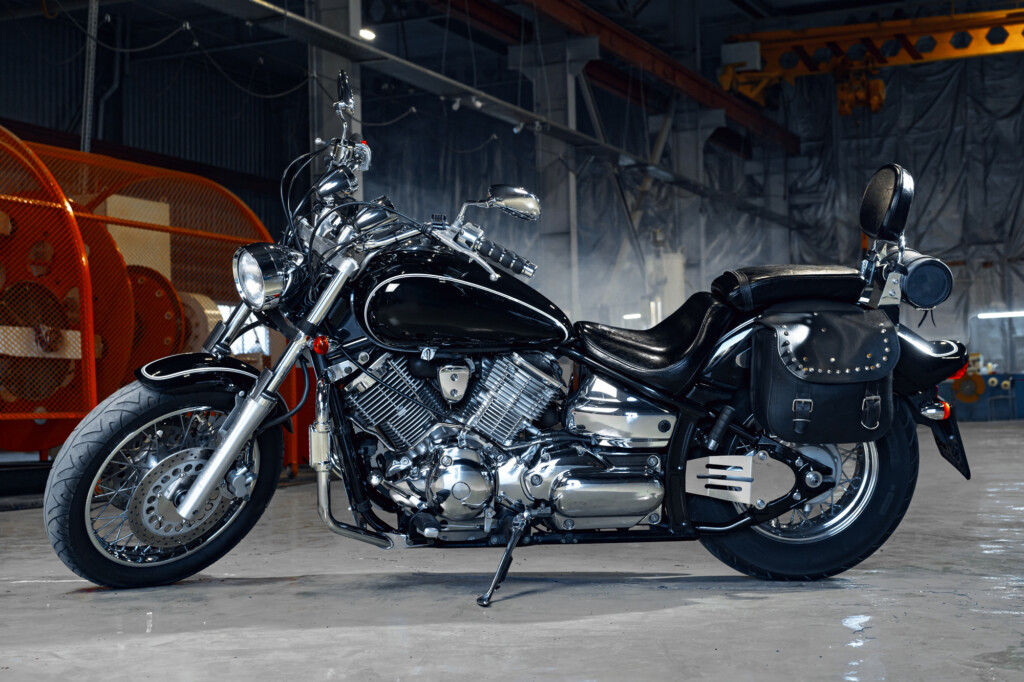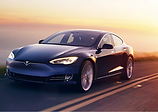If someone who does not know anything about motorcycles was to look at two of them standing next to each other, they might not be able to tell what the difference was between them. By contrast, if someone who knew about them was to look at two different ones, they could instantly tell you several differences and probably expound on them as well.
However, even someone who doesn’t know much about motorcycles should be able to tell some of the elementary differences between them. That’s particularly true if they want to get into riding motorcycles as a hobby or as their main form of transportation.
You can check out the selection of motorcycles at Karl Malone Powersports if you live nearby and are interested in buying one. If you know very little about motorcycles up to this point, though, it’s helpful to know some differences between the basic models. We’ll talk about how some types of motorcycles differ from each other right now.
Scooters
The scooter is a kind of motorcycle that has automatic shifting, step-through seating, and usually a 10-inch tire diameter. They are small and lightweight.
They have only limited power, but they’re nice for darting through traffic. You might see them on the streets of many European cities. A Vespa is a good example of one.
Minis and Commuters
Minis and commuters, like the Honda Monkey, are low-cc bikes. They can nimbly cut through traffic congestion. You won’t spend much on fuel consumption, which is probably their best feature.
New and city riders often like them. They have low seats and are not usually suitable for larger or heavier riders.
Modern Classics
The so-called modern classic motorcycle would be something like a Bonneville T100. These are basically modern motorcycles that have been designed to have a more vintage look.
These new-old models are usually fuel-injected. Some have fake carburetors. You can often count on them having low seat heights and a suite of modern components.
Custom and Vintage Bikes
These motorcycles have both strengths and challenges. They are usually carbureted. This makes it easier for gearheads to work on them. Something like a 1982 Honda CB750F would be an example of one.
If you customize them, though, that can compromise their safety. They are varietal, plentiful, and usually pretty cost-effective.
Sport Touring Bikes
These motorcycles are considered sporty, meaning they have more aggressive body positioning. Kawasaki makes a lot of these types of bikes.
You can identify them by their taller seat heights and higher power outputs. They frequently are heavier and bulkier as well.
Touring Models
The touring model bikes are often more expensive than some others on this list. They have upright body positioning, luggage compartments, and smooth handles.
Honda makes a lot of these. They are built for comfort, with features like cruise control, heated grips, and smooth handling. They are spacious and luxurious.
Choppers
Honda makes a lot of choppers as well. These are classic-looking bikes with unique styling, but they’re often among the more difficult vehicles to ride if you’re a neophyte to this hobby.
They usually have limited rear suspension and low seat height. You might have to practice for a while before taking one out on the highway.
Electric
A relative newcomer to this lineup, electric bikes are usually pretty expensive. There are several styles you will find, such as the Zero SR/S. They are quiet, have modern designs, and are environmentally conscious.
The cons include the price and limited battery range. Some also cost a lot to repair if anything needs replacing.
Dirtbikes
Dirtbikes are usually made by companies like Yamaha. You can get electric ones, but the 2 and 4-stroke are more common.
These are designed for off-road adventures. They don’t usually have turn signals, mirrors, or headlights, so they’re not often street-legal.
Enduros or Dual Sports
These motorcycles are dirt bikes that have been made to be street-legal. They are often lightweight, tall, and narrow.
You can outfit them with either dirt tires or street tires. Suzuki makes a lot of them. They are nimble, but they often have smaller gas tanks, which some users don’t exactly love.
Naked and Standard
Naked and standard bikes are both simple and versatile. Companies like Yamaha make a lot of them. They have minimal or no windshields. They are comfortable and lightweight.
They have minimal luggage options, and are built for simplicity. New bike riders gravitate toward these models a lot.
Sportbikes
Sportbikes are often made by companies like Honda. You can typically get one for a little under $10K. These are very well-known models. They are highly customizable, as you can find them in many colors and with various trim packages.
Ducati makes some of the better-known ones, and lately Aprilia and BMW have been making inroads into this market as well. They have varying sizes, and they are cost-effective, lightweight, and nimble.
On the downside, they have a steep rake angle and aggressive body positioning, so comfort is not their strongest point.
Cruisers
Cruisers dominate the motorcycle market around the world, particularly in the US. Harley-Davidson makes a ton of them, as does Indian. When someone who doesn’t know much about motorcycles pictures one in their mind, this might very well be the image that they conjure up.
You can find ones by Yamaha, Kawasaki, Suzuki, and Honda. They’re all competing with each other in this market. They are usually heavier bikes than some of the lighter sport-style ones mentioned earlier.
They are great for community gatherings because people love comparing their features. There are seemingly endless models and they are relatively easy to control. Some of them are expensive, though, and their weight is a feature that some smaller riders don’t like.
When you’re looking at different bike options, think about price, but also consider your size and experience level. You’ll want one that matches your body type. You should also practice with the one you buy before you take it out on a road trip.



